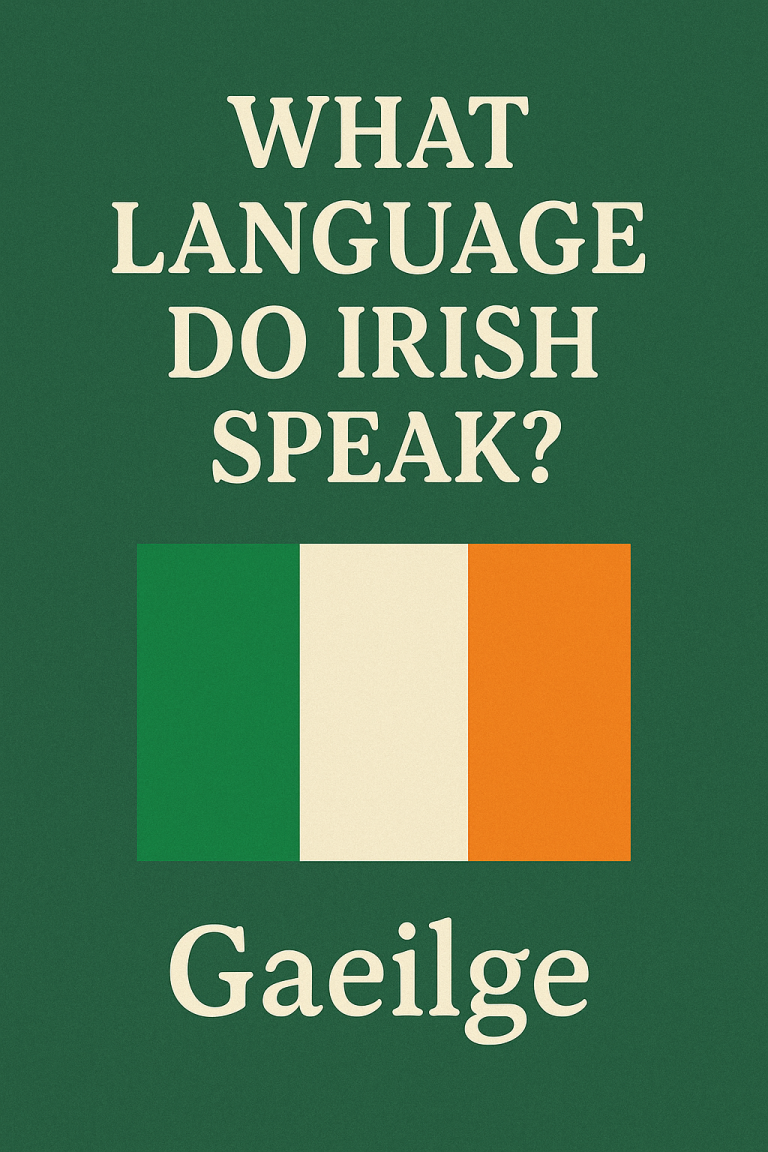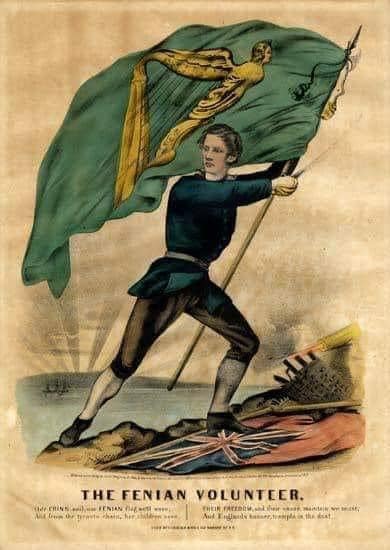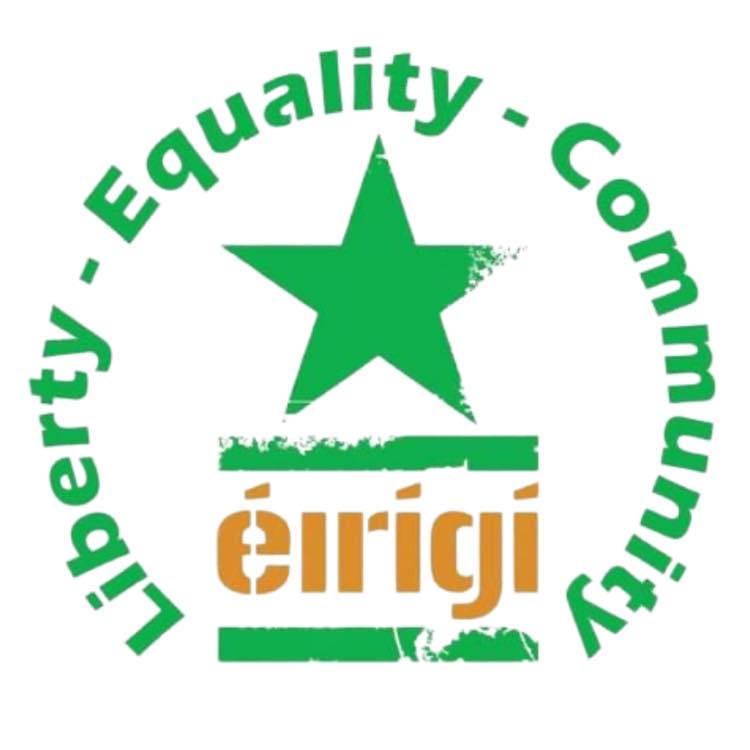

DUBLINTIMEMACHINE: The Esker Riada, or Eiscir Riada as Gaeilge, is a fascinating natural formation and historical landmark stretching across the country from Dublin to Galway. Dating back to the last ice age, about 10,000 years ago, it’s a unique system of eskers, which are a type of glacial ridge composed of sand, gravel, and boulders.
As glaciers melted, rivers running under them deposited these materials, creating the distinctive ridges that we see today. They are extremely obvious from satellite.The sandy, well-drained land was also valuable for agriculture, offering fertile ground amidst the otherwise boggy terrain of the region.
The Esker Riada passes through Dublin, Meath, Kildare, Westmeath, Offaly, Longford, Roscommon, and Galway. The most prominent remnants visible are in Teernacreeve in Westmeath, extending from Kilbeggan to Tyrrellspass.
This “great highway” linked major monastic settlements, including Clonard Abbey, Durrow Abbey, and the renowned Clonmacnoise, located where the River Shannon intersects the esker.
Also known as An tSlí Mhór, or “The Great Way,” the Esker Riada provided relative safety and efficiency due to the slightly elevated, well-drained path it paved through the bogs and wetlands of the Irish midlands.
Historically, the Esker Riada held deep cultural and political significance. As Gaeilge Eiscir Riada combines “escir” (ridge), “
and “ríad” (riding or driving horses or oxen). This elegantly describes its role as a key route for travel and transportation. They also served as demarcation lines in the near perpetual wars our ancestors fought.
Following the battle of Mag Lena in the 2nd century, the eskers served as a natural dividing line, separating two political regions.
These were Leath Cuinn (Conn’s Half) to the north and Leath Mogha (Mogha’s Half) to the south. Basically, it was a savage geopolitical partition dividing the northern and southern halves of Ireland. I’m glad we got with of that primitive fantasy(!)
The legacy of the Esker Riada endures even today. The main N6 Dublin-to-Galway road closely follows its path. In our Fair City, the route begins near High Street, beside Wood Quay. Of course, this Viking hub was also host to a historic vertical crossing, the eponymous “Átha Cliath”





